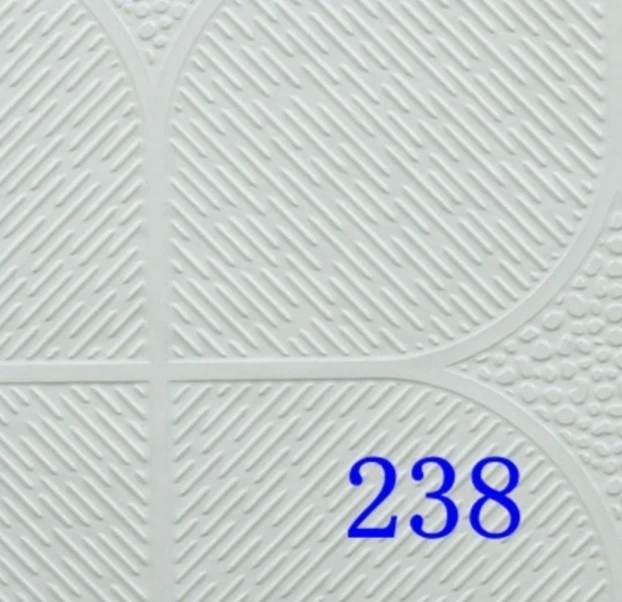Oct . 11, 2024 00:05 Back to list
mineral fibre board ceiling vs gypsum board
When it comes to ceiling materials for residential and commercial spaces, two popular choices often come to mind mineral fiber board and gypsum board. Both materials offer unique advantages, making them suitable for different applications. In this article, we will explore the characteristics, benefits, and drawbacks of mineral fiber board ceilings compared to gypsum board ceilings, helping you make an informed decision for your next renovation or construction project.
Mineral Fiber Board Ceiling
Mineral fiber board is primarily composed of natural and synthetic fibers, along with mineral-based binders. One of its standout features is its excellent sound absorption capabilities. This makes mineral fiber board particularly popular in settings such as offices, schools, and healthcare facilities, where noise reduction is crucial for productivity and comfort. The material's superior acoustics can help create a quiet environment, which is beneficial in environments where speech intelligibility is important.
In terms of aesthetics, mineral fiber ceilings come in a wide variety of designs, textures, and finishes. They can be easily painted, which allows for customization to fit various interior design themes. Additionally, mineral fiber boards are resistant to moisture and can be treated to be mold-resistant, making them ideal for high-humidity areas such as kitchens and bathrooms.
However, mineral fiber boards do have certain drawbacks. They can be less durable than gypsum board, as they might be susceptible to damage from impacts and can sag over time if not properly installed or if they are exposed to excessive moisture. Furthermore, while they can be easy to maintain, cleaning requires care, as they can be damaged by aggressive cleaning chemicals or methods.
Gypsum Board Ceiling
mineral fibre board ceiling vs gypsum board

On the other hand, gypsum board, also known as drywall or wallboard, is a widely used building material made from a core of gypsum surrounded by a paper facing. One of the key benefits of gypsum board is its fire resistance. Gypsum's chemical structure allows it to act as a barrier to fire, making it an excellent choice for areas that require enhanced safety measures. This characteristic is often mandated by building codes for certain types of buildings, particularly commercial structures.
In terms of strength, gypsum board is often more robust than mineral fiber board. It can withstand impacts better and typically has a longer lifespan with proper installation. Additionally, gypsum board can be finished in a variety of textures and colors, and it can be painted, allowing for creative flexibility in interior design.
However, gypsum board ceilings are less effective at sound absorption compared to mineral fiber boards. This can be a significant consideration in environments where noise control is a priority. Moreover, gypsum board can be more susceptible to water damage; if it becomes saturated, it may lose its structural integrity, leading to sagging or mold growth.
Conclusion
In conclusion, the choice between mineral fiber board and gypsum board ceilings largely depends on the specific requirements of your project. If sound absorption and moisture resistance are pivotal, mineral fiber board may be the way to go. If fire resistance and durability are more important, then gypsum board could be the preferred option. By carefully considering the advantages and limitations of each material, you can select the ceiling type that best meets your needs and enhances the functionality and aesthetics of your space. Ultimately, whether you opt for mineral fiber or gypsum board, both materials have proven to be effective solutions in modern construction and design.
-
Quality Ceiling Trap Doors & Access Panels | Easy & Secure AccessNewsAug.30,2025
-
Durable Ceiling T Grid Systems | Easy InstallationNewsAug.29,2025
-
PVC Gypsum Ceiling: Durable, Laminated Tiles for Modern SpacesNewsAug.28,2025
-
Pvc Gypsum Ceiling Is DurableNewsAug.21,2025
-
Mineral Fiber Board Is DurableNewsAug.21,2025
-
Ceiling Tile Clip Reusable DesignNewsAug.21,2025







